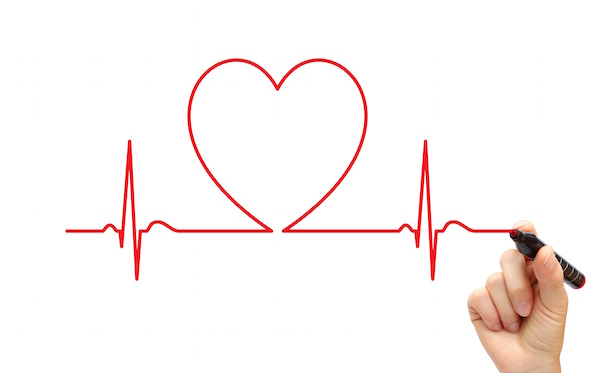
MONDAY, Oct. 18 (HealthDay News) — Don’t fret about mouth-to-mouth. The average, untrained person can still save a life by focusing on chest compressions first, say new guidelines from the American Heart Association.
The simplified form of cardiopulmonary resuscitation, or CPR, focuses on giving chest compressions to keep the blood — and the oxygen in the blood — flowing to the heart and brain.
The group’s advice comes on the heels of studies in the past year trumpeting that a compression-only approach is as good or better than compression plus mouth-to-mouth. It updates guidelines from 2005.
“For a variety of reasons, when someone suddenly collapses in cardiac arrest, people often don’t start any type of CPR, and one of the barriers, we believe, is that people think it’s fairly complicated to do CPR,” explained Dr. Michael Sayre, co-author of the new guidelines and chairman of the American Heart Association’s emergency cardiovascular care committee. “But chest compressions alone are easy, and anyone can do it,” he said.
“Chest compressions actually act like an artificial heart, pumping blood to the heart and brain,” Sayre noted. “And, that blood often will have a reserve of oxygen.”
The American Heart Association recommends that if an adult is unresponsive and not breathing or is having occasional unusual breaths that sound like gasping, any bystander should first call 911 (or whatever the emergency number is in the area) and then begin chest compressions.
If someone else is nearby, send that person in search of an automatic external defibrillator, a device that can shock the heart back into normal rhythm.
“To give the victim the best chance of survival, three actions must occur within the first moments of a cardiac arrest: activation of the EMS [emergency medical services] system, provision of CPR and operation of a defibrillator,” the new guidelines state.
The experts also offer a new directive to trained rescue workers. People currently are trained to learn the ABCs of CPR — which stand for airway, breathing and compressions. But the American Heart Association now suggests that the order should be CAB — compressions first, then airway and breathing.
The idea is the same: Get blood and oxygen moving as quickly as possible.
The new guidelines also stress the need to push hard and fast when doing chest compressions, whether you’re trained or not. The American Heart Association recommends that compressions be done to a depth of at least two inches and at a rate of at least 100 times a minute. It points out, however, that it’s very important not to lean on the chest between compressions.
“Make sure you come all the way up because the heart fills with blood when you come off the chest,” said Dr. Dana Peres Edelson, director of clinical research at the emergency resuscitation center at the University of Chicago Medical Center.
“It’s physically challenging to compress a human chest,” she said. “If you’re doing it right, it will be tiring.”
Some people worry that they’ll hurt the person if they push too hard. But Sayre said that’s seldom a real concern.
“Rescuers often don’t push hard enough,” he said. “But, people will happily trade a broken rib for being alive.”
The new guidelines, published online Oct. 18 in Circulation, also encourage the use of hypothermia for people who’ve had cardiac arrest and are in a coma. “Cooling victims of cardiac arrest to about 92 degrees Fahrenheit for about a day seems to help reduce the amount of brain injury,” Sayre said.
Peres Edelson agreed, saying that “hypothermia is widely underutilized but is one of the few things we have data for that we know can make a difference.”
More information
The American Heart Association offers more about what to do in case of cardiac arrest.
|
How You Can Help If you see someone suddenly collapse, but you haven’t had CPR training, call 911 before you do anything else. Then, if it’s an adult or teenager who collapsed during exertion, begin compression-focused CPR and send someone to find an automatic external defibrillator. To do the compressions:
“Don’t worry about hurting them,” said Dr. Michael Sayre, a co-author of the American Heart Association’s new guidelines. “Injury is really uncommon.” “If an infant or a child suddenly collapses, the cause is much more likely to involve respiration,” said Dr. Dana Peres Edelson, of the University of Chicago Medical Center, and ventilation may be more important. But again, if you don’t have training, the American Heart Association recommends hands-only CPR. “Doing something is always better than nothing, and chest compressions can buy time,” Sayre noted. |

